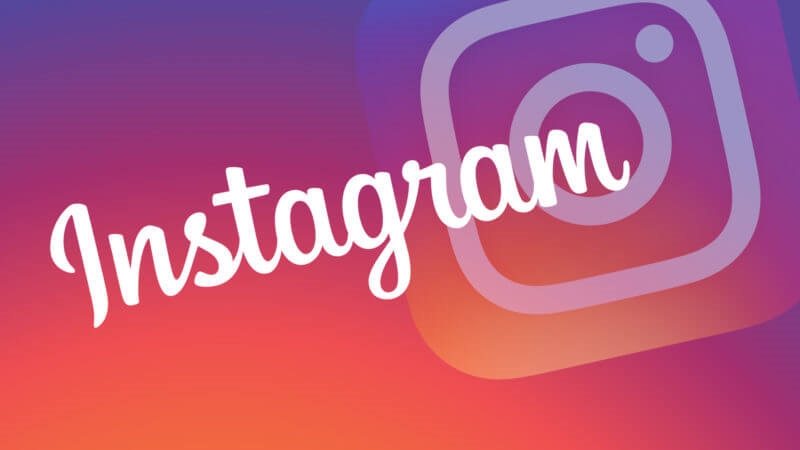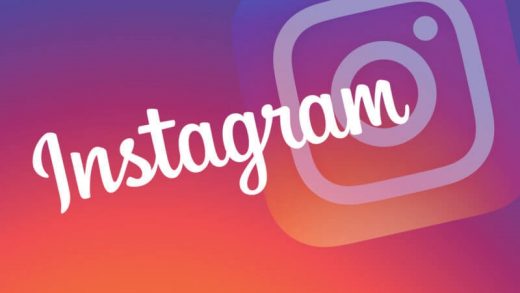Instagram tests scannable Nametags, taking another page from Snapchat’s playbook
Similar to Snapchat’s Snapcodes, Nametags will allow users to create a scannable image that makes it easier to gain followers.

It appears Instagram is once again taking a page from Snapchat’s playbook. The Facebook-owned social media site confirmed it is testing Nametags, a feature that works similar to Snapchat’s Snapcodes, per TechCrunch.
Instagram’s Nametags will let users create an image that other users can then scan with the Instagram Stories camera to follow someone. While the feature will make it easier for Instagram users to gain more followers, brands and influencers will be able to use Instagram’s scannable images outside of the platform — for example, on posters or merchandise — to help grow their audience.
TechCrunch — which gained insight into how Nametags would work via an Instagram user who had received early access to the new feature — says Instagram profiles will include a QR scanner button that opens a Nametag editor screen. From there, users will be able to create their Nametags.
From the TechCrunch report:
They [users] can then choose from a purple Instagram color gradient background, a pattern of one emoji they choose or a selfie they can jazz up with augmented reality face filters that then becomes an emoji pattern. The user’s Instagram username appears in the center. For now, users in the test group can’t share or scan Nametags. But the code we discovered explains that users can scan them to follow people.
Instagram’s borrowing of Snapchat’s features is not a new take, as we reported in May of last year when Instagram rolled out selfie-mask filters. Before that, there was the launch of Instagram’s Stories, and then its events video live channels, Instagram’s version of Snapchat’s Live Stories.
Last month, Instagram announced any square or landscape photo or video under 15 seconds uploaded by an advertiser would be automatically adjusted to fit a full screen. For its part, Snapchat added the ability for its ad creation tool to automatically convert horizontal videos, photos and website content into vertical video ads more than nine months ago.
Marketing Land – Internet Marketing News, Strategies & Tips
(49)



